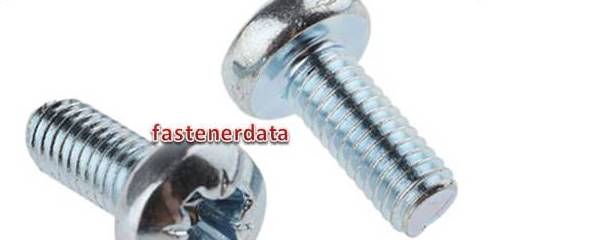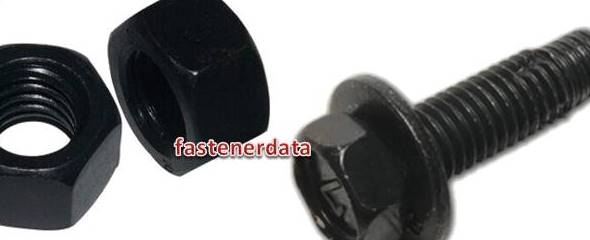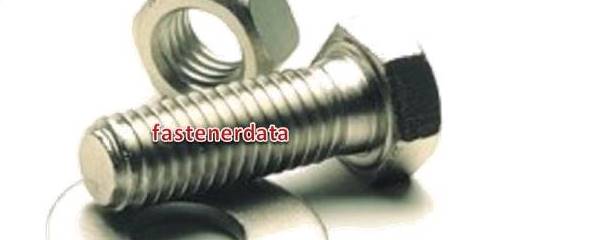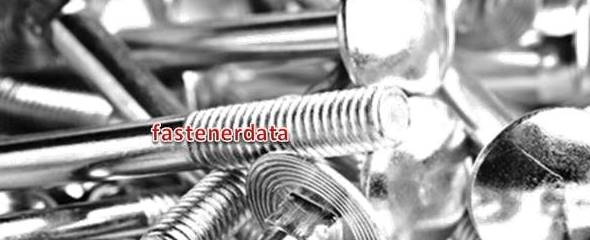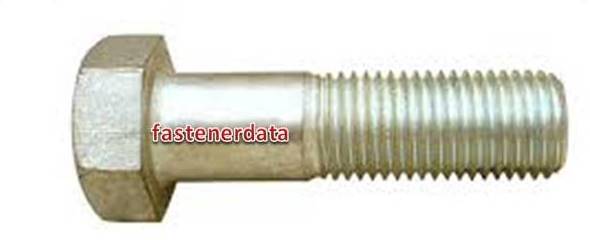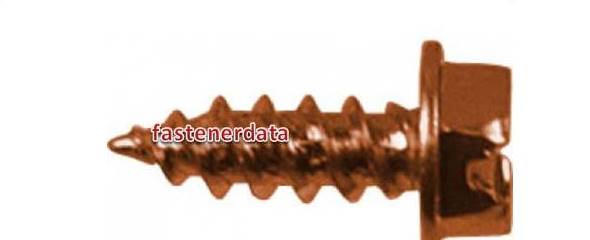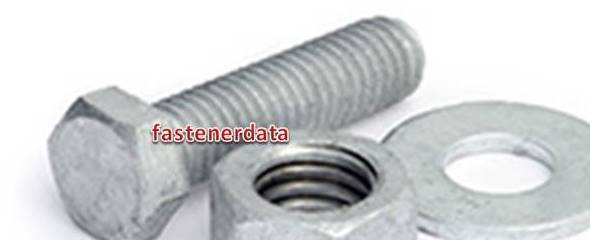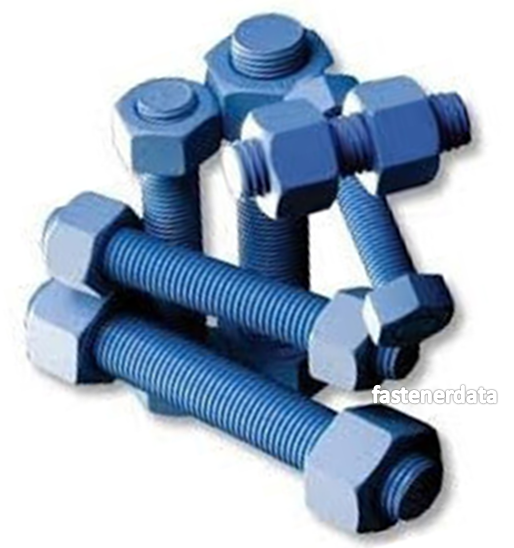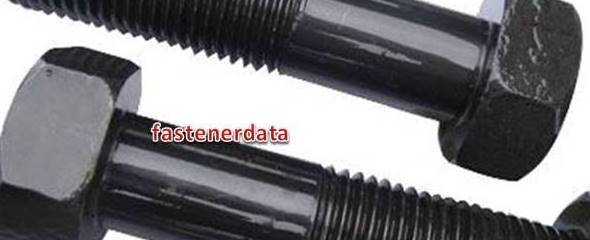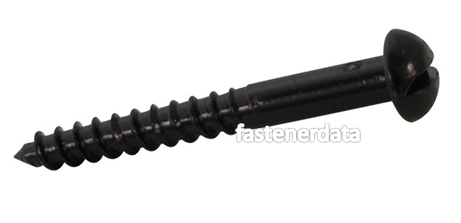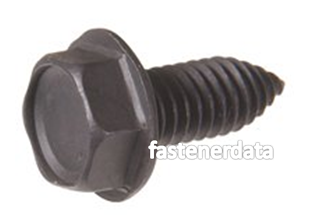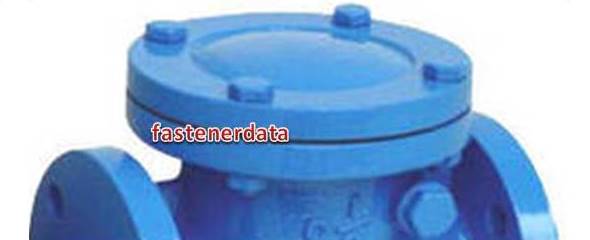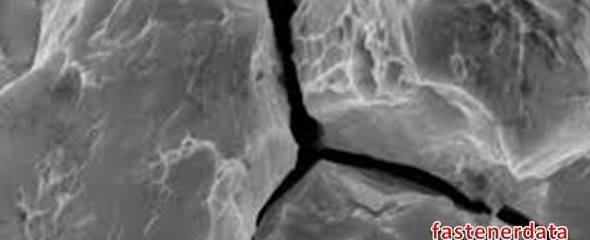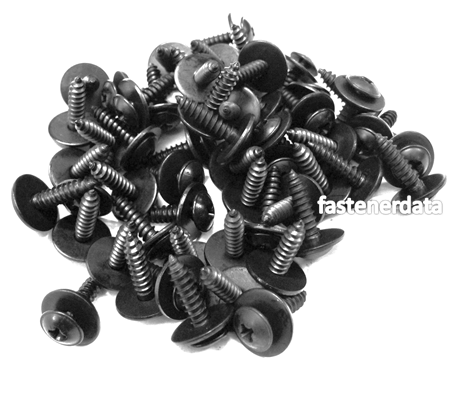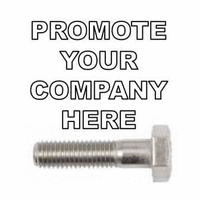Fastener Coatings & Finishes
Fastener Coatings
Fasteners of High tensile class 12.9 are generally supplied unplated with an oil quenched finish, where the vast majority of lower tensile fasteners are coated; this includes Metric class 8.8, USA grade 5 and lower grade/class. Large qualities of fasteners will be coated by the manufacturer in their own factory plating plants or subcontracted and with smaller quantities and unusual finishes, the distributor will subcontract to a local coater.
The reason for coating is primarily for corrosion resistance but can also be for thread lubrication and in many instances for aesthetics for furniture and similar industries. Fastener finishes and coatings are applied by electroplating, dipping, or spraying.
Links to Coating Types
SELF COLOUR ZINC PLATING BLACK ZINC ZINC COBALT NICKEL BRASS TIN CADMIUM
CHROME COPPER SPUN GALVANISING MECHANICAL ZINC SHERARDIZING SHERAPLEX
BLACKODIZE CHEMICAL BLACK BLACK JAPANED PHOSPHATE ORGANIC ZINC FLAKE
PTFE XYLAN TEFLON RILSAN STAYBLACK ANODISE
CHROMATE PASSIVATION HYDROGEN EMBRITTLEMENT

Self-colour
Fasteners in the plain uncoated finish are also called ‘Black’ or ‘Self Colour’ finish. Fastener products described in these ways have no additional coating, generally, they are oil quenched giving them a surface oil residue that gives a minimal amount of protection.
Zinc Plating
Fasteners in particular steel fasteners are electroplated with zinc for better corrosion resistance, zinc being the prime material for electroplated fasteners; zinc alloys are also electroplated; zinc-nickel and zinc-iron. Zinc plating applies a thin coating of zinc to fasteners, giving them a layer of protection from the surrounding environment, the process of electroplating fasteners is called barrel plating.
Electroplated zinc is a storage finish, fasteners are subject to the heat and moisture variations of a typical fastener warehouse and zinc gives a level of protection. Zinc plated fasteners will rust if placed in a wet environment and are not suitable for outside use.
Fasteners that have been zinc plated and clear passivated have a shiny, silvery appearance and are also available in zinc and yellow passivation that has a shiny yellow gold appearance; passivation is available in a range of colours.
Zinc electroplating can provide thicknesses from a negligible flash of colour, for appearance, through commercial coatings of 3-5 microns (µm), on to specified heavy coatings up to 12 microns (0.0005 in). Electroplating does not give an even cover; thicker concentration of deposit occurs on corners, points, thread crests and thinner concentrations on thread flanks and roots. This may cause thread galling on coatings above 8 microns average and adjustment by over - tapping of the nut may be required.
More information and supply source
Caution should be exercised in relation to the plating of high strength fasteners 10.9 and above, USA grade 8 and above, because of the risk of hydrogen embrittlement.
Black Zinc
Bolts electroplated with an electro zinc flash coating and black chrome passivation are described as Black zinc. This finish is used where a colour coating is important for identification or aesthetics.
Zinc-Cobalt
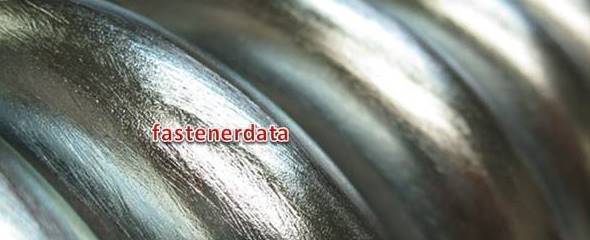
Zinc-cobalt plating of fasteners is a process that achieves enhanced corrosion resistance compared to traditional zinc plating of the same thickness. Zinc-Cobalt gives Bolts and screws have a bright lustre. By electroplating zinc and cobalt the end result is a uniform ductility that will withstand up to six times the corrosion resistance of conventional zinc plating. Zinc-cobalt alloy plating is also becoming more popular because of its affordable operation costs compared to other zinc alloy coatings
Nickel
Screws Nickel plated are initially copper plated and the Nickel coat is electrolytically applied to the copper finish. Used in fasteners for electrical appliances and areas of condensation. Decorative applications account for about 80% of the nickel consumed in plating
Electro Brass
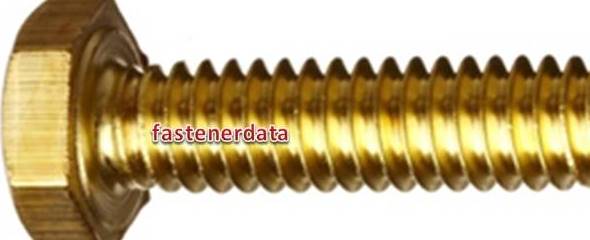
Electro brass is used for decorative fasteners; it has been Commercially electroplated since it's development in the 1850s. A brass finish applied by electroplating. Appears similar to brass and is used in furniture or architectural fittings
Tin
Nuts and bolts of steel and copper can be electro tinned. Tin plating is an industrial process which involves the coating of metal objects with a thin layer of tin. Tin plating increases the performance and durability of objects is it added to and improves corrosion resistance. Tin creates suitable properties for soldering thanks to the oxidation protection that tin-plating provides; which ensures that exposure to air is far less likely to tarnish the surfaces of tin plated fasteners. The conductive properties of tin ensure that it is commonly used in the electrical and electro-mechanical industries. Tin plating is also widely implemented in the food packaging trade thanks to its non-toxic and corrosion resistant properties
Cadmium plated
For many years fasteners were coated in Cadmium it was the most popular electroplated finish giving a superior finish protection than zinc plate and lubricity, it could also take a chromate passivation. Cadmium is rarely used today due to its toxicity and environmental non-acceptability. The aircraft industry is one of the last users of cadmium, it is a sacrificial coating for steel, and readily takes a chromate conversion coating which improves the corrosion resistance, importantly it's galvanic characteristics are compatible with aluminium.
Chromium Plating
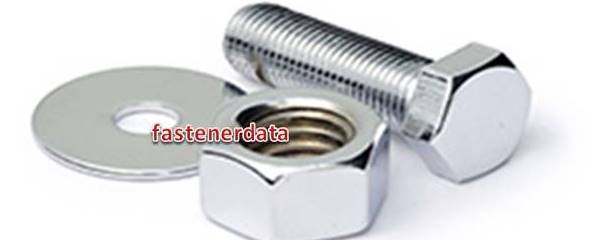
Fasteners are chrome plated and often polished for appearance. Chrome plating provides similar corrosion resistance to zinc plating.
Fasteners decoratively chrome plated are designed to be aesthetically pleasing and durable. Thicknesses range from 0.05 to 0.5 μm and are usually between 0.13 and 0.25 μm. Chromium plating is applied on top of bright nickel plating. Fastener base materials range from steel; copper or zinc alloys and aluminium. Because of the double coating, decorative chrome plating is corrosion resistant but can be problematic if applied to very small threaded parts.
Hard chrome, is also known as industrial chrome or engineered chrome and is rarely used on fasteners because of the deposit thickness of between 20 to 40 μm.
Copper coatings
Copper
Electroplated copper is used as a base for nickel plate or for improved conductivity.
Light Bronze Antique
Copper electroplated and chromate dipped for a medium brown for matching oxidised copper fittings
Dark Florentine Bronze
Copper electroplated and chromate dipped dark brown for matching oxidised copper fittings
More information and supply source
Chromate Passivation
The corrosion resistance of fastener coatings is improved by a ‘passivation’ barrel process, which builds up a passive shield layer of metal oxide on top of the zinc layer on the bolt or screw and can add colour identification. Chromates have been used in passivation for many years.
There have been changes in legislation placing restrictions on the use of Chrome 6 in passivates applied to fastener products, Chromium can exist in two states:
Hexavalent Chrome six, Cr VI, Cr ⁶.
In the hexavalent state chromium compounds are carcinogenic, and accordingly, there has been legislation in the automotive and electrical industries to ban its use.
Trivalent Chrome three, Cr III, Cr ³
The change in legislation has created a move to other passivates or coloured zinc coatings the most popular is trivalent chromium 3 that has become the substitute for chrome 6 in clear passivation
Hot Dip Spun Galvanizing HDS
One of the most effective coatings for steel fasteners both performance and cost is hot dipped spun galvanized zinc. Hot dip zinc finish is dull and rougher then electroplated zinc coating. Fastener Galvanizing involves the application of a layer of zinc by dipping the fastener in a bath of molten zinc then centrifuge spinning the fasteners for an even distribution of zinc and the removal of the excess. Typical coating thicknesses are 50 microns (µm), this is the thickest zinc coating to go onto the fastener resulting in superior corrosion resistance.
Due to the thickness of the coating and the concentration of zinc deposits is in the thread roots and internal corners, thread diameters of less than M10 are not normally galvanised. Hot dipped galvanized bolts are only compatible with Galvanized nuts that are tapped slightly larger than other nuts to accommodate this heavy deposit of zinc; to reduce assembly galling, a wax coat will provide assembly lubrication.
Hot dipped galvanized fasteners are frequently used outdoors, especially in coastal and severe marine environments.
The coating process also avoids the possibility of hydrogen embrittlement but can create tempering back due to the high temperature of molten zinc, due to the reduction in hardness 12.9 and 10.9 fasteners should not be hot dip galvanised
More information and supply source.
Mechanical zinc
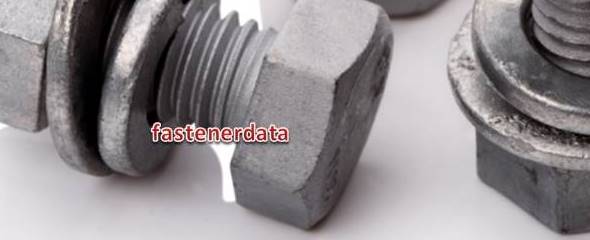
A mechanical barrel method of applying thick coatings of zinc is available which gives thick coatings and similar corrosion protection to hot dip galvanizing. This is sometimes called mechanical galvanizing or mechanical zinc. Zinc flakes impact against the fastener using very small glass beads with a protection liquid medium in a rotating barrel. Similar to galvanising, thickness control is an issue and undercut nuts will be required. The additional problem is thread damage that occurs when larger fasteners are barrel tumbled against each other. A low-temperature process, so there is no tempering back allowing for high-grade fasteners to be coated. More information and supply source.
Sherardized coatings
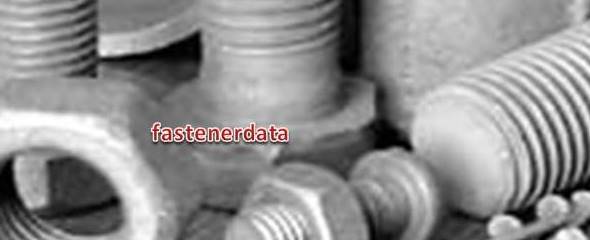
Sherardize coating is the main competitor to Hot dip spun galvanising. A thick coating is produced by diffusion galvanizing when the fasteners are heated together with zinc powder in closed rotating drums. The dry diffusion process occurs at temperatures between 320ºC and 420ºC, during the vapour phase, the zinc-iron alloy layers then form in and on the surface. Sherardizing gives a good coverage, and the long-term corrosion resistance is excellent since the coating is thick and well bonded. As with HDS Galvanising and mechanical zinc, undercut nuts will be required. The heat involved in the process limits the grade of fastener that can be sherardized to 8.8 and below to avoid tempering back
More information and supply source.
Sheraplex
Sheraplex™ is a sherardizing process followed by a duplex coating, the coating is an organic barrier layer applied by either a dip and spin or spray technique, the layer is subsequently cured at 200ºC resulting in a uniform, complete coverage coating. The process outperforms HDS Galvanising and Sherardizing due to the additional coating but is more expensive. Sheraplex bolts require undercut nuts because of the depth of deposit and are not suitable for high-grade fasteners because of tempering back
Chemical black
Blackodized, Black oxide, Gun barrel blue and blackening are all names for this conversion coating. Produced by placing the fastener in a bath of sodium hydroxide, nitrates and nitrites at 140°C this converts the surface of the steel bolt into magnetite (Fe3O4). It is used to add mild corrosion resistance, for appearance and to minimise light reflection. To achieve improved corrosion resistance the black oxide must be impregnated with oil or wax.
The advantage over other coatings is its minimal build-up and is used where close tolerances need to be maintained.
Black Japaned
Wood screws and other fasteners can be black enamel dipped finished and this is called black japanning. Black is common and japanning is often assumed to be synonymous with japanning, other colours are available. The European technique uses varnishes that have a resin base, similar to shellac, applied and then heat-dried. Primarily used in black fittings or furniture, and historically was a popular screw head finish for furniture.
Phosphate conversion coating
Phosphate coated fasteners have a thin dull grey coating obtained by immersing the steel fasteners in a phosphoric acid bath. Dipping into the bath allows chemical conversion of the fastener surface and a layer of phosphate to form. Gives a lower level of protection than zinc in mild environments, but gives an excellent base for painting and lubrication. Often used in automotive industry plain or with an oil coat
Organic coatings
Fasteners Organically coated provide corrosion protection by sealing the component from the external environment. They provide a barrier to corrosive media and impede the access of moisture. The thickness of the organic coating determines how much protection the fastener will receive. Fasteners are subject to scratching and surface damage in service, and if broken protection ceases; organic coatings are not suitable for all applications
Zinc flake cured coatings
Fasteners zinc flake based coatings that are applied by a dip and spin or spray technique and subsequently cured by heating. The coatings consist predominantly of Zinc Flakes usually with a small quantity of Aluminium. The flakes are about 1µm thick and are bonded together with inorganic or organic compounds.
These coatings have relatively good coverage and can give good dimensional control and excellent corrosion protection. Examples that are widely used are the Dacromet® and Geomet® branded range of coatings that are used extensively by the Automobile Industry to give salt spray resistances exceeding 600 hours with a thin coating, making them ideal for fasteners.
This coating does not induce Hydrogen Embrittlement, which means that high tensile fasteners can be safely coated.
More information and supply source
Spray Coatings PTFE XYLAN TEFLON
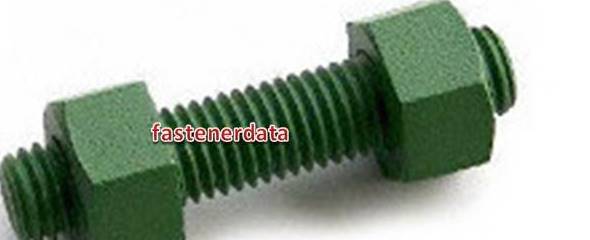
Xylan® by Whitford fastener and Teflon® by Du-Pont are PTFE coatings; fluoropolymers and fluorocarbon based polymers with multiple strong carbon-fluorine bonds and are characterised by a high resistance to solvents, acids, and bases, which endow the material with many key performance strengths. PTFE coatings are applied by conventional air spray techniques. Any spray gun apparatus associated with the application of fluoropolymer coatings will provide a uniform film without difficulty. Coated fasteners may be cured immediately or be accumulated in a batch oven. Xylan can be obtained in over 300 grades many of which contain other additives, the materials with such additives are also known as Dry Film Lubricants as the surface coefficient of friction is lowered yet the materials are dry to touch
More information and supply source.
Rilsan
Rilsan® PA 11 coatings may be applied to all types of steel fasteners. Processing is quite simple and consists of depositing a Rilsan® film onto the metal surface of the fastener. Careful surface preparation is absolutely necessary beforehand if optimum performance is to be achieved. Following this pre-treatment, a primer may be applied to improve the adhesion of Rilsan® onto the surface of the fastener and maximise the anticorrosion properties. Rilsan has high corrosion resistance in water, wastewater and salt water and has high chemical resistance to hydrocarbons, solvents, acids, salts and alkalis.
Rilsan’ s outstanding features are abrasion resistance, impact resistance, flexibility, thermal resistance, weathering and chalking, it has low water absorption high dimensional stability, good resistance to stress cracking and a low coefficient of friction.
Rilsan is an environmentally green product it is made from a renewable raw material, namely castor seeds 'castor oil'
Hydrogen embrittlement
Fastener protection is the objective of coating or electroplating fixing and fastener products. Conversely, some coating processes and pre-cleaning may cause the absorption of hydrogen into the fastener. This is more likely with fasteners of strength class of 10.9 and above and USA grade 8, there is the possibility of delayed fractures when they are later put under stress. This is known as hydrogen embrittlement. Elimination of hydrogen by baking may reduce the risk but cannot be guaranteed.
Environmental hydrogen embrittlement can also occur with high strength coated fasteners if the service environment is unfavourable, and causes the evolution of hydrogen through a corrosion mechanism. Where high strength bolts with a metallic coating are specified for service in environments that bring them into contact with water or moisture, there may be a risk of external hydrogen embrittlement.
If in doubt low the class of fastener to 8.8, USA grade 5 or less and eliminated the risk.
.
.
Stayblack
Stayblack is a chemical conversion which modifies the passive oxide layer of the stainless steel leaving the stainless steel matt black. The primary applications of this are fasteners and small pressings which need to retain a consistent and durable black appearance. It is used more specifically in military applications where a black, matt, non-reflective surface is essential. Stayblack is specified for components in medical, optical and scientific equipment as well as for many varied aerospace applications.
Automotive applications include external and under bonnet fasteners. IMDS reference number for this coating is 3130589.
Stayblack withstands atmospheric weathering, hot water and temperatures up to 500°C without any change in appearance. The coating is less than 1µm thick and so will not alter any tolerance fits nor change the dimensions of the component by any significant amount. Stayblack does not affect the inherent corrosion resistance of the base stainless steel and will remain colour consistent.
It is a non-electrolytic process and so there is no possibility of hydrogen embrittlement, the coating will not flake, chip or peel. Stayblack is dry to touch but lubricants can be added.
.
.
.
 .
.
Anodising
Anodising (UK spelling) Anodizing (USA spelling) is an electrolytic passivation process that increases the thickness of the natural oxide layer on the surface of the fastener.
Anodised fasteners form the anode electrode of an electrical circuit. Anodising increases corrosion resistance, wear resistance and provides better adhesion for paint primers. Anodic films can also be used for a number of cosmetic effects, either with thick porous coatings that can absorb dyes or with thin transparent coatings that add interference effects to reflected light.
The anodised coating on aluminium increases corrosion resistance and wear resistance, is electrically insulative, provides a good key for paint or adhesive and is often used as a decorative finish.
The oxide layer that forms on iron or carbon steel is commonly known as rust, which readily flakes off and actually promotes the corrosion of the underlying material. So an anodising process for steel may not be terribly useful, saying that; Anodising is also used to prevent galling of threaded fasteners; ferrous metals are commonly anodized electrolytically in nitric acid or by treatment with red fuming nitric acid, to form a hard black ferric oxide.

